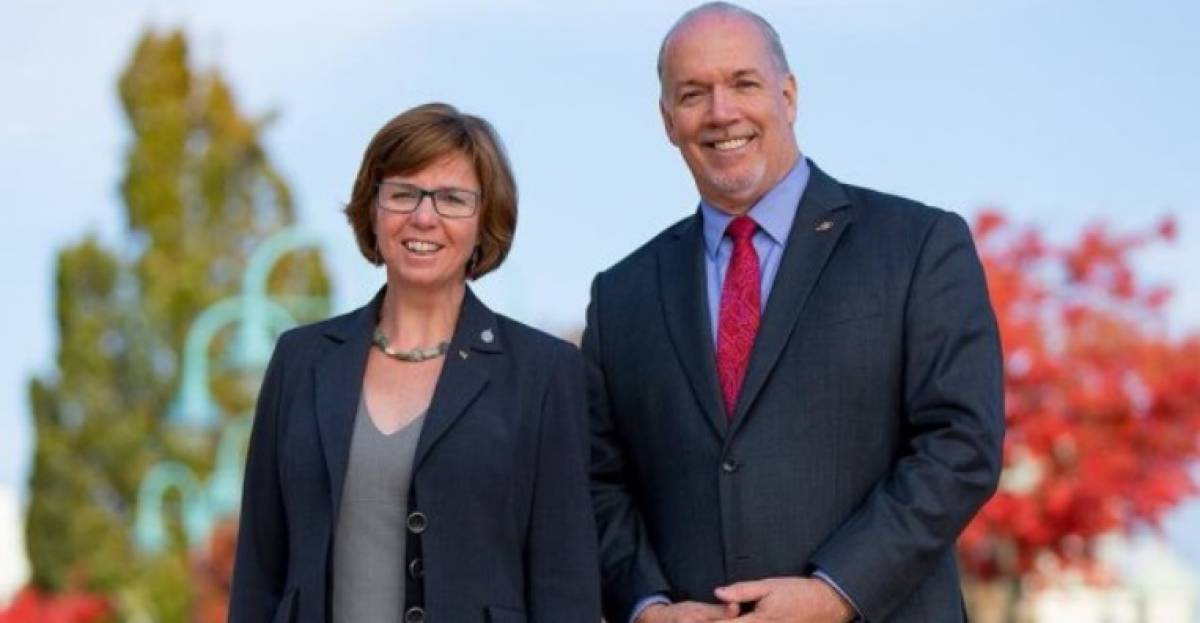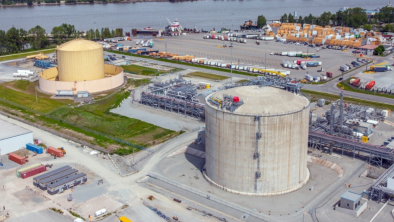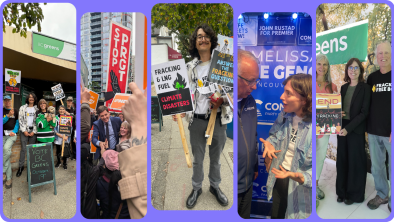After NDP and Greens hold majority, environmentalists want B.C. government's focus on reducing carbon emissions
The Georgia Straight

For the past week, B.C.’s government has appeared on shaky footing. Ahead of a January 30 by-election in Nanaimo, some expected the NDP to lose a seat to the Liberals and therefore see the majority the NDP holds with the Greens reduced to a single vote in the legislature.
Last night, however, 49 percent of Nanaimo residents who cast a ballot gave NDP candidate Sheila Malcolmson a seat in Victoria. With the NDP’s partnership with the Greens reaffirmed, environmental organizations told the Georgia Straight they want the government to go back to work on climate change.
In a telephone interview, Torrance Coste, Vancouver Island campaigner for the nonprofit Wilderness Committee, noted the Greens fared quite a bit worse in Nanaimo than they have in past elections there. But Coste suggested that this doesn’t indicate a lack of support for the Greens in Nanaimo.
“They [Green supporters] want to keep the caucus that they have intact and not subject to something as risky as a snap election,” Coste explained. “I think the Green party got around 20 percent of the vote in that riding in 2017, down to seven percent [in 2019]. But I think what that means is a lot of their voters want to keep this minority government in power supported by their party of choice.”
Coste said that the Wilderness Committee now wants the three Green MLAs in Victoria to exert a little more pressure on the NDP when it comes to policies related to the environment.
“LNG [liquefied natural gas] being the big one,” he added. “We want to see them [Greens] asking the government, point-blank, how we can square the climate plan and climate targets with LNG development?”
The B.C. Greens did not make a representative available for an interview about the Nanaimo by-election.
Karen Tam Wu is B.C. director of the Pembina Institute, a national environmental organization that focuses on energy. In a separate interview, she told the Straight that the B.C. government should prioritize reducing carbon emissions.
“The Greens and NDP need to maintain the momentum that they built through last year, leading up to the release of the climate strategy,” Tam Wu said via phone.
The B.C. government released “Clean B.C.” last December. The 68-page document outlines a plan for B.C. to achieve 75 percent of carbon-emission reductions it wants by 2030. At the time, Pembina called the strategy “a bold plan that promises to power up the clean economy and get the province back on track to its climate goals”.
Tam Wu said the focus now needs to shift to implementation.
“There is going to be a lot of heavy lifting needed to actually put that plan into action,” she continued. “We need to see a budget in February that supports what was laid out. We need to make sure that there are the right incentives in place….That innovation is happening, particularly in industry. That local governments have the capacity to deliver some of the programs that they will be responsible for. That we are training for the right skills and knowledge to move to a clean economy.”

Tam Wu noted that key questions about “Clean B.C.” remain unanswered. For example, last October, B.C. premier John Horgan and Canadian prime minister Justin Trudeau announced that a massive liquefied-natural-gas project called LNG Canada will be constructed near Kitimat. Tam Wu said it remains unclear how emissions associated with this project—estimated at 3.45 megatonnes—will fit into B.C.’s plans to hit targets for carbon-emission reductions.
“They have said that LNG projects need to be able to demonstrate that they can fit within the plan,” Tam Wu noted. “The gas industry right now is the single-highest emitter of carbon pollution [in B.C.], so how is that industry reducing their emissions in order to make that room for LNG Canada to fit? And how are they going to evaluate whether future products fit? That is a big question that still remains unanswered.”


